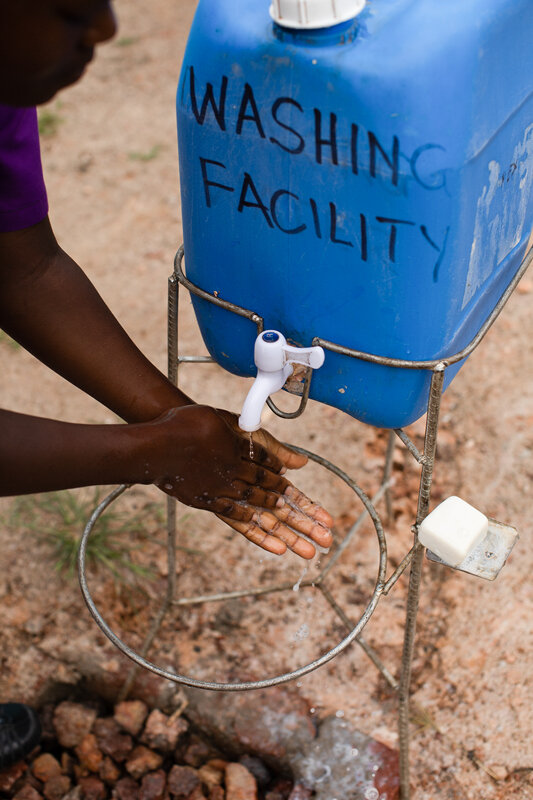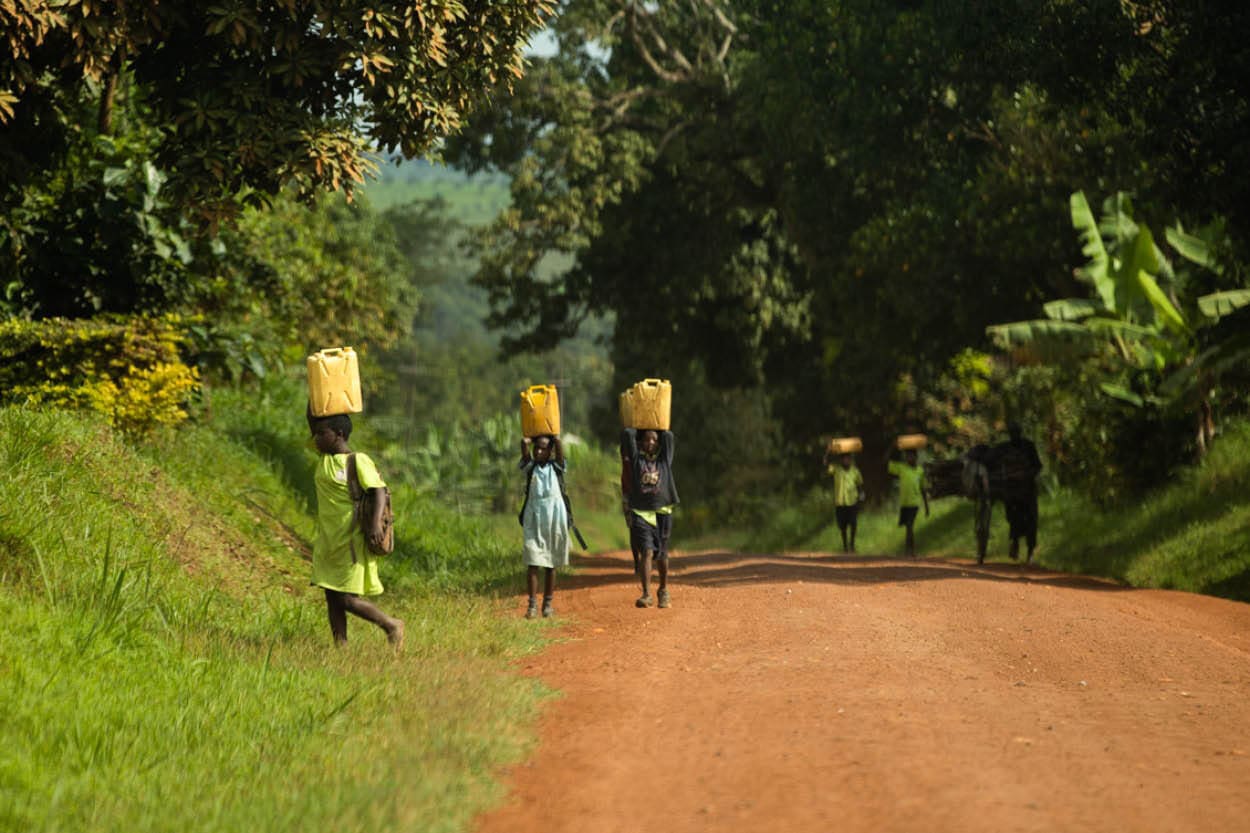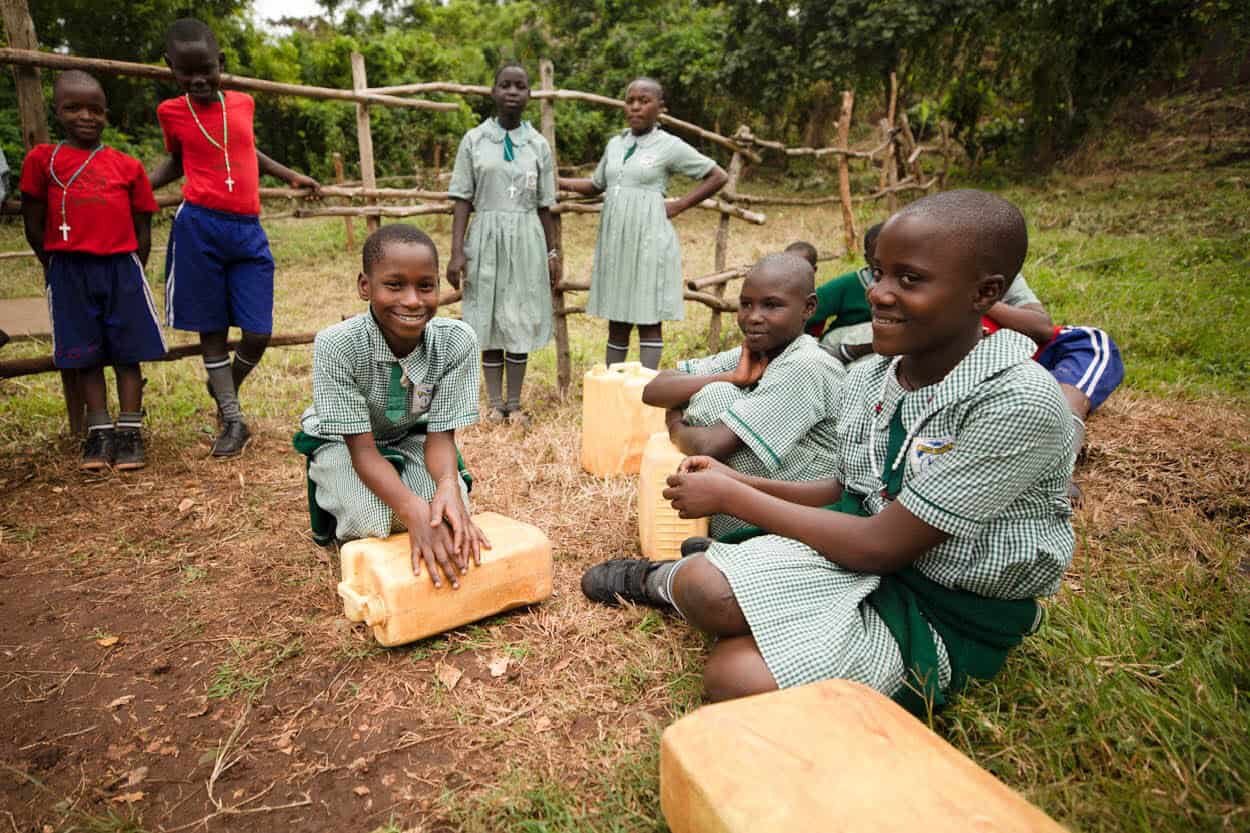Written By Dan Haseltine, Lead Singer for Jars of Clay, Co-Founder of Blood:Water
A Personal Perspective
I have often smiled at the various paradoxes surrounding my role as a founder of an international development organization.
I am a horrible long-distance traveler. I am prone to stomach illness. I’m not much of an adventure seeker, and lastly, I am hopeless at remembering acronyms.
What’s With All the Acronyms?
In my early days of sitting in on international development meetings, there was a lot of head nodding as letters flew past me like a runaway freight train. What is an ARV? PEPFAR? HIV? USAID? SD20? What was it about International Development that required so many abbreviations, and why couldn’t organizations come up with names that didn’t need to be distilled to such brevity? Was the work of International development so urgent that people couldn’t take the time to say the full name of an organization or an initiative?
As far as I was concerned, the amount of time it took to go back and translate into the language of the common layperson, was an argument against their efficiency of words and letters.
18 years later, I still don’t do so well with acronyms. If you haven’t been keeping score in the International Development conversation for long, this post is for you. I thought I would take some time to explain what we mean when we talk about WASH.
So What is WASH?
WASH is an acronym that is short for: Water, Sanitation, and Hygiene. It represents the fullness of water intervention in a community that has struggled to gain access to this most basic building block of healthy life.
It is also a key differentiator between water projects that will have a mild to negligible health impact vs. a water project that will have a robust and lasting health impact on a community.
For many, the first thing we think of when water usage comes up in casual conversation, is drinking water. There is something instantaneously inspiring and relatable about a child being able to drink a cool glass of pure, clean, safe water.
This is especially potent for marketing purposes when contrasted with the kinds of arid or incredibly hot and dusty weather associated with parts of Ethiopia and Kenya. You may even find the visualization of a cool, delicious glass of water makes you a little thirsty right now. It’s a beautiful vision.
We don’t take that vision lightly either. It only takes three days for dehydration to begin causing serious problems for a human being. If I may take on the dramatic tone of a co-dependent country song and say that a person can’t survive without water. Hey, I’m in Nashville… what did you expect?
Guitar strumming aside, Blood:Water’s mission has long been to provide clean water access for people who have struggled for lack of it in close enough proximity for their community to stay healthy.
Water is better with its counterparts.
Like with many things, the addition of other things makes it better. Let’s go back to our country song about not being able to survive without water. I imagine that there are a few singers that could give us a pretty compelling version if they just sang the song without any accompaniment. But, this is a big dramatic ballad, and that means that this song will soar to its most potent level with some help from the band and maybe a large symphonic ensemble. We are reaching threat level Celine Dion meets Conway Twitty.
In order to give clean water the most power and potential for impact in a community, it needs the “band” to back it up. Clean water as a solo intervention can impact the health of a community in some ways, and it is helpful, but without the other instruments playing along, it will not have the impact we truly need to create. Those “instruments” are sanitation and hygiene.
Why Sanitation?
Let’s be honest, the visual of a toilet or latrine is not quite as inspiring as the drinking water image. In the same way a drummer might be compared to a dreamy lead singer, drummers may not be as handsome, or immediately brilliant and captivating but they are still a massive part of the overall performance. (I confess only having theoretical knowledge of that comparison.)
Sanitation is the drummer of WASH projects. It is what we call the work of waste management. It is the toilets, pit latrines, and designated places where defecation takes place. Sanitation is serious business and contributes a massive amount of health benefit when included in a project for comprehensive water rehabilitation for a community.
It may be difficult to imagine living in a place where there are no designated places to relieve oneself. Disease spreads more rapidly, soil and nearby water become more contaminated, and that makes people sicker.
The lack of access to adequate facilities keeps girls and women vulnerable to violence and sexual abuse. One of the things Blood:Water partners are invested in changing is the number of girls who miss out on going to school because the schools do not have enough latrines and changing rooms to take care of their menstrual health.
The intervention of proper sanitation facilities and practices takes the health benefits of clean water from around 30% improvement to nearly 75% when the two interventions are combined.
Blood:Water’s water projects always include sanitation as part of the comprehensive work.
What about Hygiene?
If sanitation is the drummer, then hygiene is the bass player. The responsibility to hold everything together and make sure that the rhythm is fluid and consistent so that everyone feels the groove, lies on the shoulders of the bass player.
Hygiene is the work of establishing the tools and habits that take the resources of clean water and sanitation and makes sure that they are used to their fullest potential. I remember the first time I was in a community in Africa and heard a training on “Source to Use Contamination.”
It may seem obvious that storing clean water in a contaminated container will yield contaminated water. It may not be something that you think about, but the amount of time clean water spends away from its source before it is used, can be the difference of clean water being a pathway to health, or just another conduit for more disease.
If we drink water out of a dirty glass, illness can spread. That is one aspect of hygiene training. Hand washing, dish drying and storage, clothes washing, cooking and cleaning in the home; these are all aspects of learning how to steward the gift of clean water. And apart from the work of hygiene training and equipping, clean water ceases to be clean and the health benefits for having it in a community diminish.
Final thought
In order for a water intervention to have the full benefit and health impact that can make a community resilient and healthy, the project must include all the aspects of WASH. This is why Blood:Water only works with partners who do comprehensive WASH interventions. And that should be music to your ears.
More Stories:
Categories







